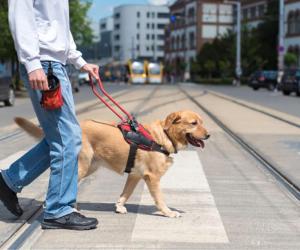5 Steps To Tell How Old a Rabbit Is
Introduction
Rabbits are some of the most beloved animals on the planet. These fuzzy creatures can be found all over the world hopping through the wilderness or being cared for as pets. However, it may be difficult to assess just how old a rabbit is. The mammals can live up to 12 years, and their small bodies make it more difficult to tell just how old they are. As a general rule of thumb, young rabbits are typically classified as nine months old and younger, adolescent rabbits are between nine months and five years, and adult rabbits are older than five years. Here is a quick guide to help determine how old a rabbit is.
#1 – Examine the Rabbit’s Nails
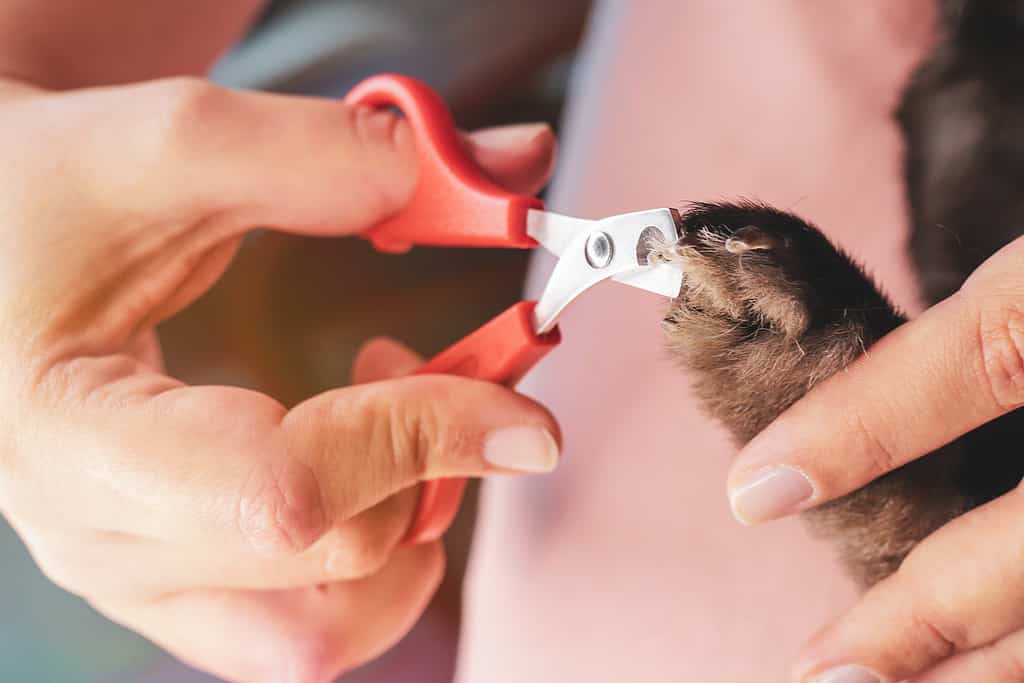
©ANASTASIIA SOLOVEVA/iStock via Getty Images
Although different types of rabbits have different textures and sizes of nails, they are still a good indicator of age. Usually, young rabbits have thin, softer nails that are easily clipped and maintained. Middle-aged rabbits, on the other hand, will have harder and thicker nails that may flake off in parts occasionally. Finally, older rabbits will have the thickest nails of the three. Their nails may also have a more scaly appearance, and flake off frequently.
#2 – Pay Attention to the Rabbit’s Energy Levels
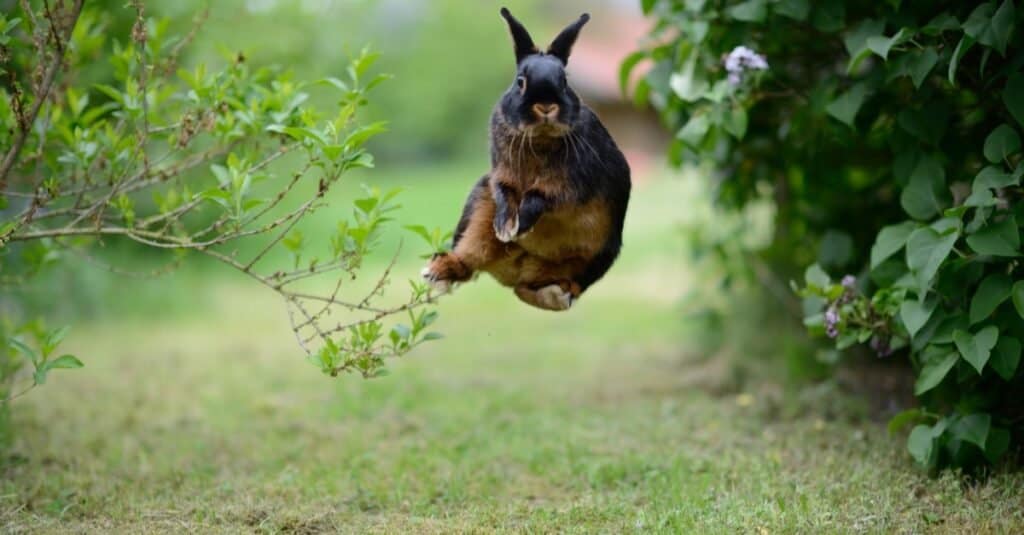
©Sven Boettcher/Shutterstock.com
Just like many other species, rabbits exhibit varying energy levels in correlation with their age. Young rabbits are often the most high-energy age, and will hardly sit still. They often love to explore their surroundings and seem to have an endless supply of youthful energy. While middle-aged rabbits also have healthy energy levels, they will be noticeably calmer than young rabbits. These rabbits typically take more naps and can stay in one place for longer. Older rabbits have fairly low energy. They spend most of their time resting and taking naps and move around much less frequently than younger rabbits. While every rabbit needs rest, paying attention to their overall energy levels can be a great indicator of their age.
#3 – Look at the Rabbit’s Teeth
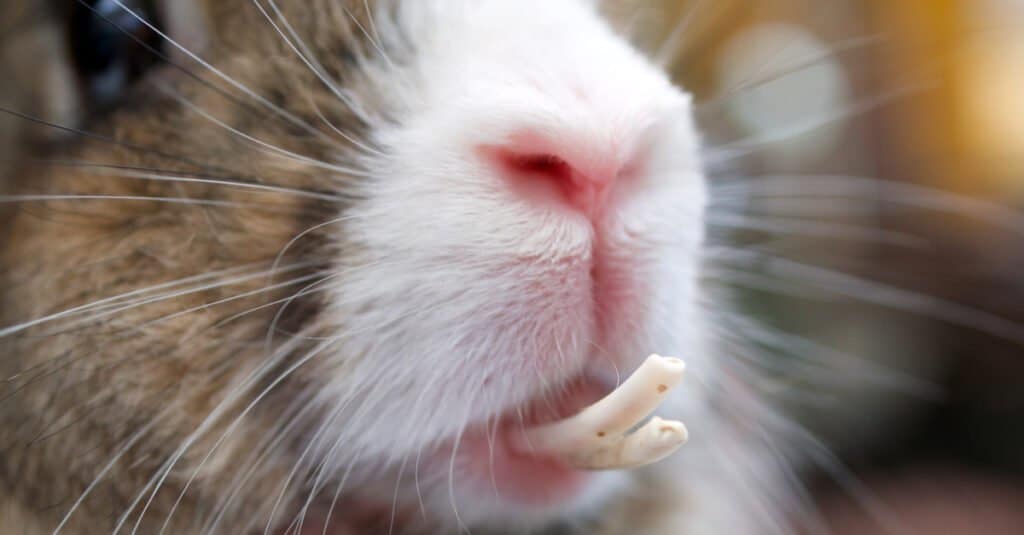
©pruit phatsrivong/Shutterstock.com
As rabbits grow older, they often lose a bit of their appetite. This can be for a number of reasons including the fact that they are no longer growing, and therefore need less nutrients. When rabbits eat less, their teeth are not worn down and can become overgrown more easily. If a rabbit has long teeth protruding from their mouth, this overgrowth could be a sign of old age. Other indicators of age regarding the teeth are their color. Young rabbits usually have healthy, white teeth, while middle-aged rabbits have slightly more yellow teeth. Older rabbits can have fairly yellow teeth that come with other problems such as overgrowth and decay.
#4 – Check the Rabbit’s Hocks
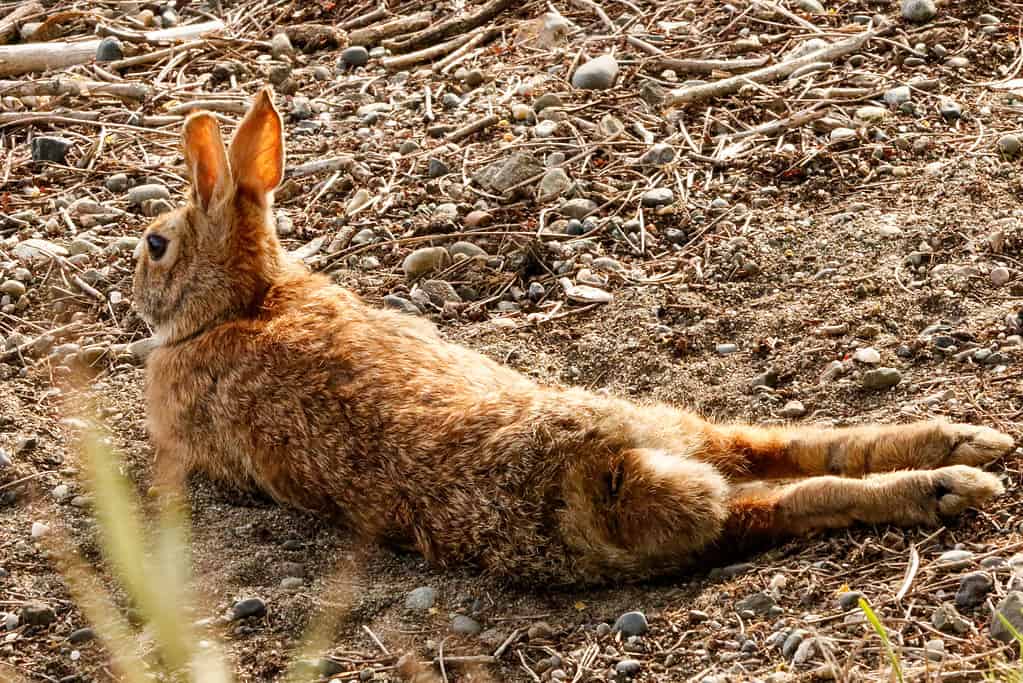
©Alia Thorpe/iStock via Getty Images
Rabbits spend a lot of time perched on the heels of their feet. Because of this, there is extra protective tissue in the area called hocks. As rabbits grow old, their hocks can often become worn down and sore. Young rabbits will have healthy-looking hocks with no signs of inflammation or damage. Middle-aged rabbits typically develop a slight redness on their hocks, but still remain healthy and able to hop around without discomfort. Older rabbits often have hocks that are covered with large red calluses. While this could be caused by other factors than just age, it is a helpful indicator of how old a rabbit may be.
#5 – Feel the Rabbit’s Coat
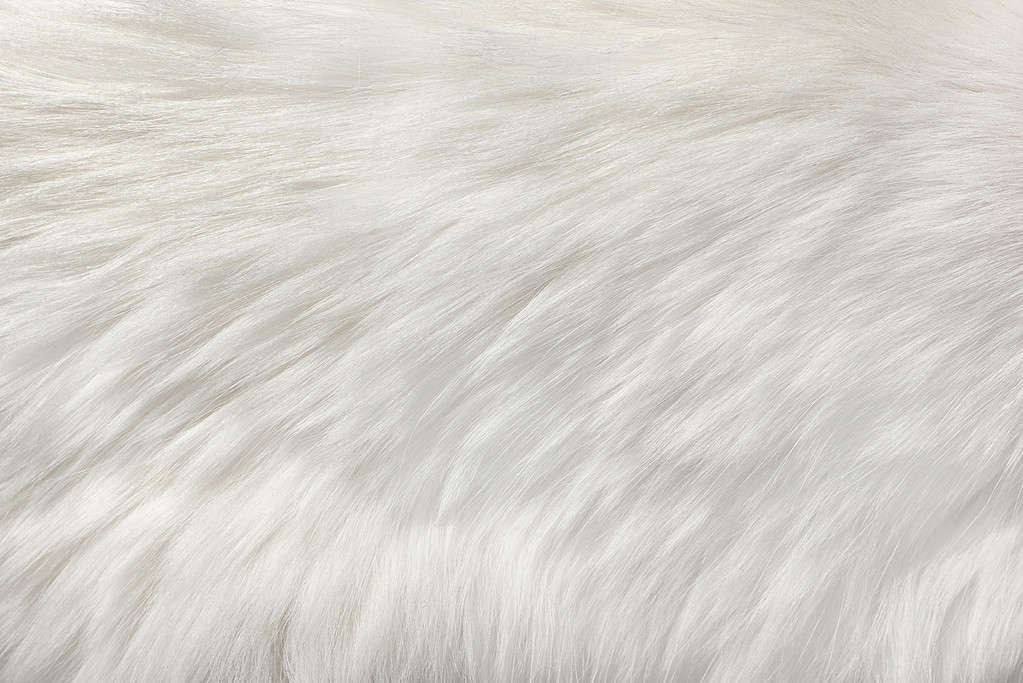
©Andre2013/iStock via Getty Images
Similar to hair on humans, rabbits have coats that grow thinner and coarser with age. This makes feeling a rabbit’s coat a great way to tell how old it is. Young rabbits have the softest, fuzziest coats. This is because they have not yet grown their adult coat, making their fur a very distinguishable factor when determining age. Middle-aged rabbits have the thickest coats and may require brushing and occasional grooming. Finally, older rabbits will begin to show thinning in their coats, specifically around their faces. While different species have different coat textures, this can also be a great way to determine a rabbit’s age.
